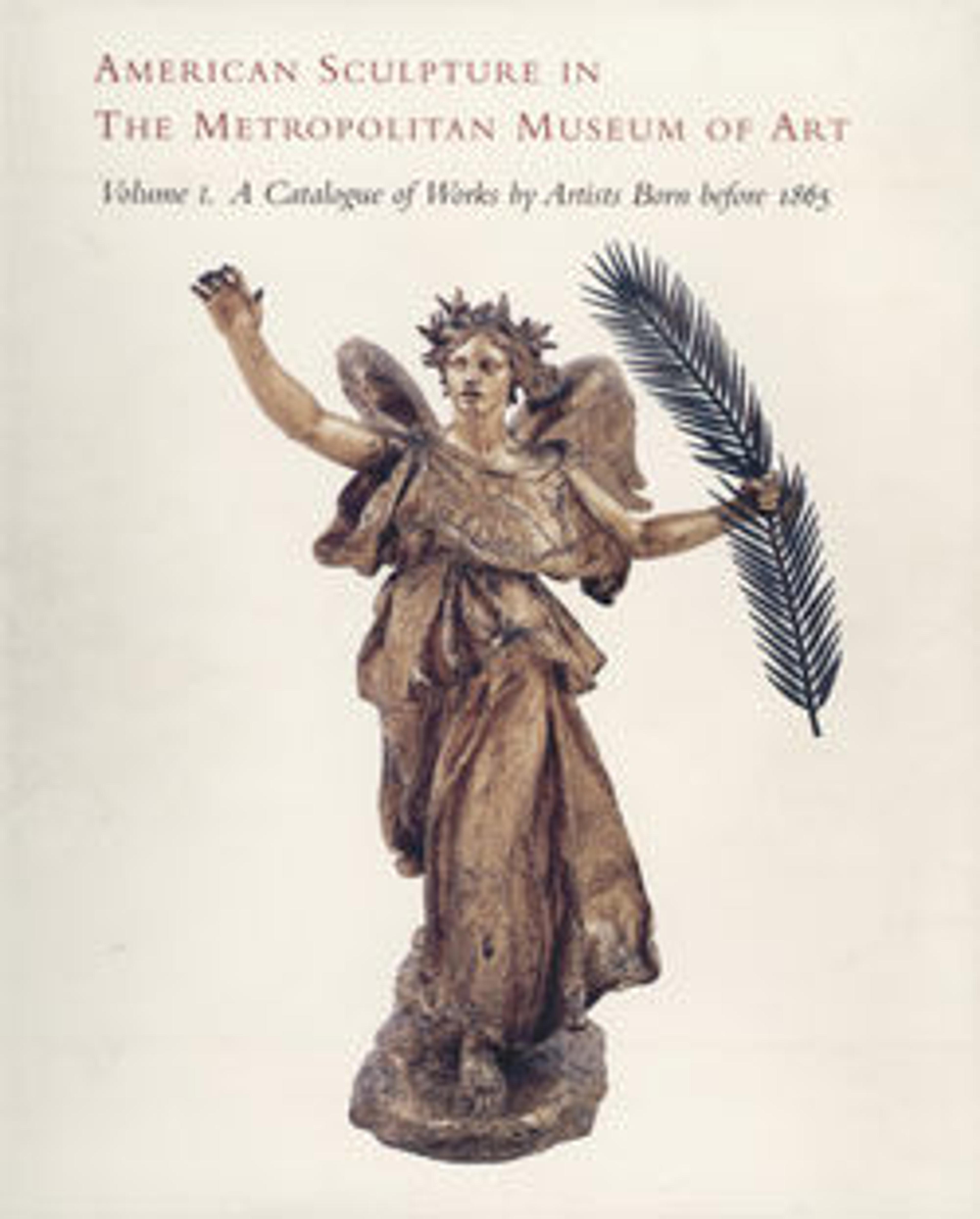Clytie
American Neoclassical sculptors frequently mined classical mythology for thematic inspiration. In book 4 of the “Metamorphoses,” the Roman poet Ovid tells the story of Clytie, a water nymph who was abandoned by Apollo, the sun god. Clytie gazed inconsolably at the sun for nine days, languishing nude, without food or drink. For her constancy, she was changed into a sunflower so that her face would forever follow the sun as it moved across the sky. Rinehart subtly evoked Ovid’s story by depicting a drooping sunflower in Clytie’s right hand. The tree stump with live sunflower plants serves both to enhance the narrative and to offer tensile support for the marble figure.
Artwork Details
- Title:Clytie
- Artist:William Henry Rinehart (American, Union Bridge, Maryland 1825–1874 Rome)
- Date:1869–70; carved 1872
- Culture:American
- Medium:Marble
- Dimensions:62 1/2 x 18 1/2 x 21 1/4 in. (158.8 x 47 x 54 cm)
- Credit Line:Gift of Mr. and Mrs. W. H. Herriman, 1911
- Object Number:11.68.1
- Curatorial Department: The American Wing
More Artwork
Research Resources
The Met provides unparalleled resources for research and welcomes an international community of students and scholars. The Met's Open Access API is where creators and researchers can connect to the The Met collection. Open Access data and public domain images are available for unrestricted commercial and noncommercial use without permission or fee.
To request images under copyright and other restrictions, please use this Image Request form.
Feedback
We continue to research and examine historical and cultural context for objects in The Met collection. If you have comments or questions about this object record, please contact us using the form below. The Museum looks forward to receiving your comments.
